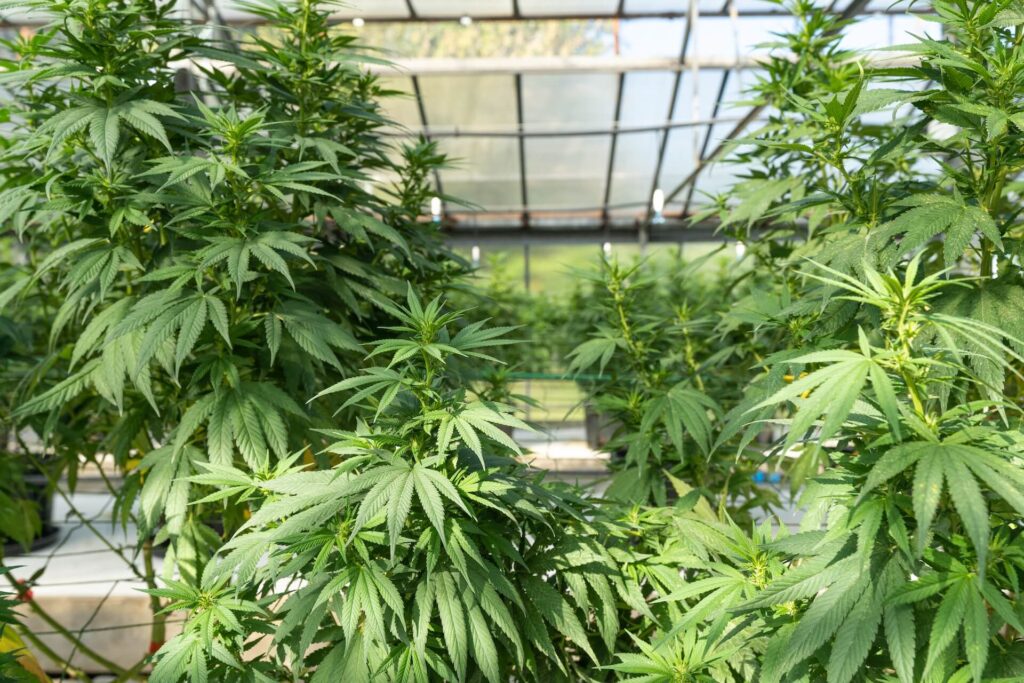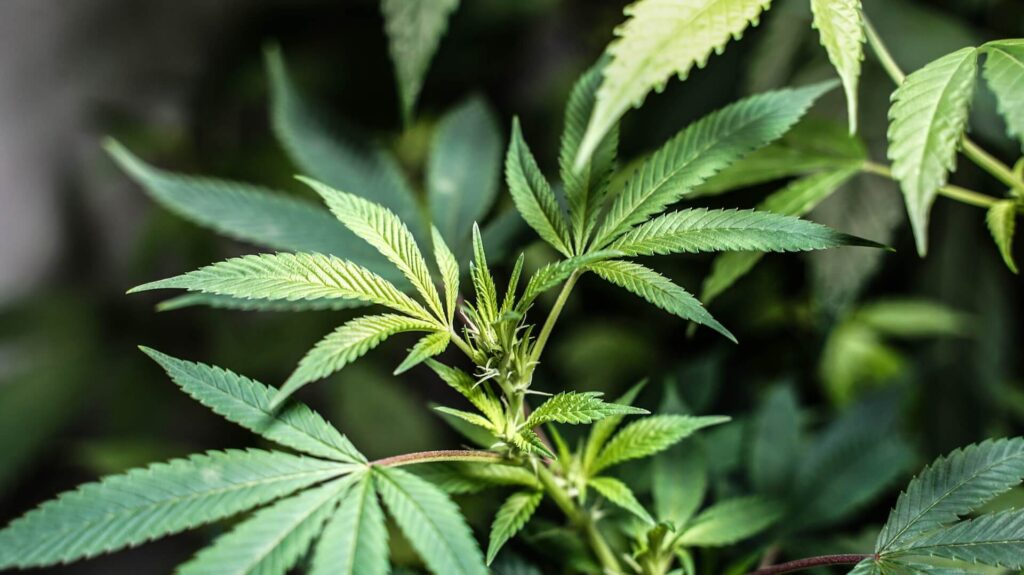
Is there a distinction between male and female cannabis plants? What are the differences based on gender? In this article, we will introduce the dissimilarities between male and female cannabis plants.
Like humans and animals, cannabis is also divided into males and females. Cannabis exhibits significant differences between males and females, and it is crucial to differentiate between them when cultivating cannabis.
Differences Between Male and Female Cannabis Plants
Cannabis is dioecious, meaning it has separate male and female plants, and they produce seeds through pollination. The primary difference between male and female cannabis plants is in their reproductive structures. Male cannabis plants produce pollen sacs, while female cannabis plants produce resinous buds containing cannabinoids. Only female plants can produce high-THC buds, which are highly valued in the cannabis industry. In contrast, male plants have minimal psychoactive THC and do not offer the same benefits as females.
Male plants also grow alongside female plants in the same space and attempt to pollinate them. Because of this, it is common practice in cannabis cultivation to remove male plants and cultivate only females.
The dioecious nature of cannabis provides advantages to growers, allowing them to create healthy combinations of strains or develop offspring with specific traits. Female plants are essential for producing flowers (buds), while male plants have pollen sacs, making them valuable for breeding and strain development.
For growers focused on harvesting buds, female plants are crucial, and male plants hold little value.
Which Type of Cannabis Is Sold?
Female cannabis plants are rich in the psychoactive compound THC and make up the majority of cannabis products sold in the market. Male cannabis plants contain minimal cannabinoids and have little psychoactive effect, so they are rarely sold. However, cannabinoids can be found in other parts of the male plant, such as the stems, and can be used to create concentrates that offer a mild euphoric sensation.
Identifying the Gender of Cannabis Plants

Determining the gender of cannabis plants can be challenging until they sexually mature. After approximately 4 to 6 weeks of growth and the onset of flowering, the differences between male and female cannabis plants become apparent. Male plants develop pollen sacs, while female plants produce flowers (buds), making it relatively easy to distinguish between them.
Clones taken from female plants will inherit the same gender, so there is no need to confirm gender in this case. Additionally, using feminized seeds for cultivation greatly reduces the chances of male plants, ensuring that only females are grown. Feminized seeds are the preferred choice for growers aiming for efficiency, while regular seeds are often used when breeders want to create their own strains or harvest seeds.
Preventing Hermaphroditism
While cannabis plants are typically either male or female, they can develop hermaphroditic traits when subjected to stress. Stress factors such as heat damage, disease, nutrient deficiencies, or pests can trigger hermaphroditism, which leads to self-pollination and the production of seeds. If hermaphroditic plants are detected, they should be promptly removed.
To prevent hermaphroditism, it is essential to maintain a stable indoor growing environment. This includes monitoring temperature and humidity, managing lighting schedules, and providing proper nutrition to the plants.
Cultivating cannabis requires patience and attention to detail.
In Conclusion
We have explained the differences between male and female cannabis plants. Cannabis, like humans, can be divided into males and females, with female plants having abundant cannabinoids and higher THC levels, while male plants are essential for breeding and strain development but have lower cannabinoid content. Gender determination in cannabis is not possible at the seed stage but becomes evident several weeks into growth. For those interested in cannabis cultivation, this information can be a valuable reference.
